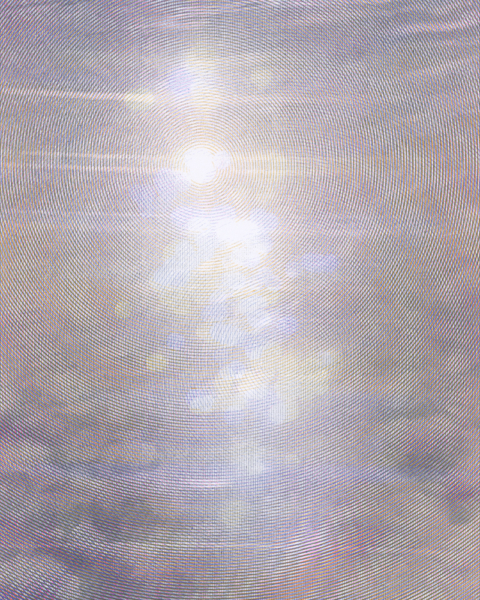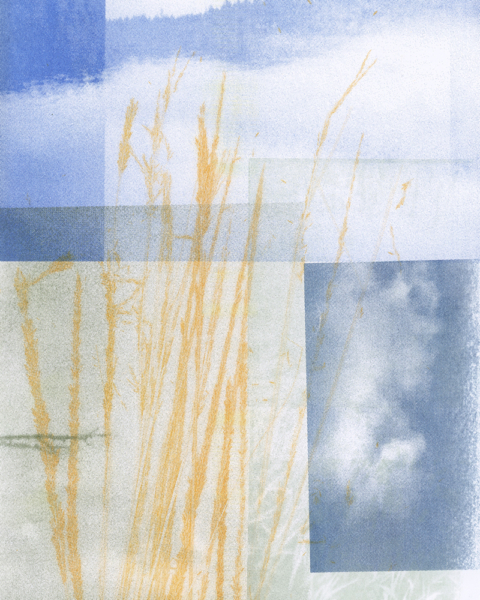Ideal Engagements, Riso Portfolio
2021 Membership Engagement Grant Project
A portfolio of Risograph prints featuring 15 members of the California Society of Printmakers, including work by Marty Azevedo, Susan Belau, Meri Brin, Zach Clark, Betty Friedman, Karen Gallagher Iverson, nif hodgson, Joanna Kidd, Sarah Klein, Mary V. Marsh, Stephanie Mercado, Golbanou Moghaddas, Gisela Ramirez, Toru Sugita, and Frances Valesco.
Risograph is a semi-automated stencil based printmaking technique utilizing soy & rice oil based inks, printed one color layer at a time. Within an object that admittedly looks much like a photocopier, Risograph combines aspects of screenprinting, lithography, and letterpress into a wholly unique medium capable of printing large quantities. While Risograph has been embraced within the illustration, design, and self publishing communities, it’s acceptance within the traditional printmaking world has been slower. This portfolio is an attempt to showcase the broad range of possibilities this approach to the multiple can achieve. 15 traditional printmakers, all members of the California Society of Printmakers, were invited to create new pieces with the specific qualities of Risograph in mind.
Curated by Mary V Marsh & Zach Clark
Organized and printed by Zach Clark / National Monument Press
Printed at Chute Studio with Riso RZ 310, RZ 220, & MZ1090 duplicators
On Springhill 110lb Index paper
Edition of 150
2021






Zach Clark on this Membership Engagement Project
I’ve been working in Risograph printing for over seven years. I was initially drawn to how well it translated the images I was trying to make and fit into my process. Risograph also allows me to be a collaborator with a whole world of artists through publishing and contract printing opportunities. If I’m honest with myself, I think there was also some attraction to the culture around the medium; the Riso community exists in a space between printmaking, zines, illustration, and design, yet not fully embraced by any of those communities. As a printmaker who never really received any real training thanks to choosing a string of institutions with no printmaking faculty or facilities, I have always felt like a bit of an outsider, especially within academic printmaking circles.
Risographs have been used as utilitarian business and clerical machines since the 80s, with their predecessor the mimeograph being in use almost a century ago. However it was not until the last 10–15 years the medium began being used for artistic purposes, largely by artists making publications and zines that could work within the admitted limitations of the medium easily. Since then, Risograph has exploded in output and the variety of work being made ranges from 1 color text publications to intensely detailed photographic process printing. The bulk of the most ubiquitous work is heavy within illustration and many of those ealy artists, and even many still today, were using some of the earliest models of Riso which printed at low resolutions and a were incredibly difficult to register. A lot of folks who have seen a few Riso prints that fit into this category are understandably left with the impression that Riso printing is not capable of much beyond mediocre image making. That said, not all Riso printers and approaches are the same, and there have been both incredibly advancements in the field as well as expanded leaning in to what exactly Riso can do well.
I spent much of the last two years of Covid teaching online Introduction to Risograph courses and workshops. I had students asking to see examples of more abstract, organic, and for lack of a better word “printely” pieces. Looking around, I came to realize there was still a gap in what was possible, largely because of the standoff-ish nature of much of the traditional printmaking world. My goal when I applied for the CSP Membership Engagement Grant was to try to remedy this problem. My hope was to create a portfolio of work by printmakers making work specifically for this rather foreign medium full of obnoxiously counter intuitive quirks (who designs a printing method in which you must avoid the center of the page?).
Over the last six months, I’m happy to say the results went beyond my wildest expectations. Due to her previous experience with Risograph and deep relationships with the Bay Area printmaking community, I asked Mary V Marsh to help me select artists from our sizable applicant pool that would create the broadest range of possible works successfully. Once we settled on our artists, I hosted multiple open house style introductions to the medium, the first being the first group of people that was allowed into the studio since the pandemic began, which felt really meaningful. Once given an introduction, the artists were set free to create what felt right to them. Through the summer and early fall, CSP members were in and out of the studio experimenting, testing images, and dialing in their pieces. I think Toru Sugita redrew his piece about 6 times. Susan Belau made easily the most Riso piece ever, without it looking like any Riso I’ve ever seen before. Once we had proofs that we were both happy with, I made detailed notes of how to create the piece and would get to work slowly creating the edition. For artists who were at a distance, we relied on zoom, email, scanned proofs, and even an outer sunset sidewalk consultation.
In the end, we have 15 images I’m incredibly proud of by 14 artists I’m honored to have had the chance to work with and print for. I believe we’ve created a collection of work that is undeniably Risograph but pushes the boundary of what many have seen.
The portfolio is available to preorder on my website, and each artist will be provided with copies to sell and/or distribute as they would like. Completed portfolios will be available early December 2021.

















